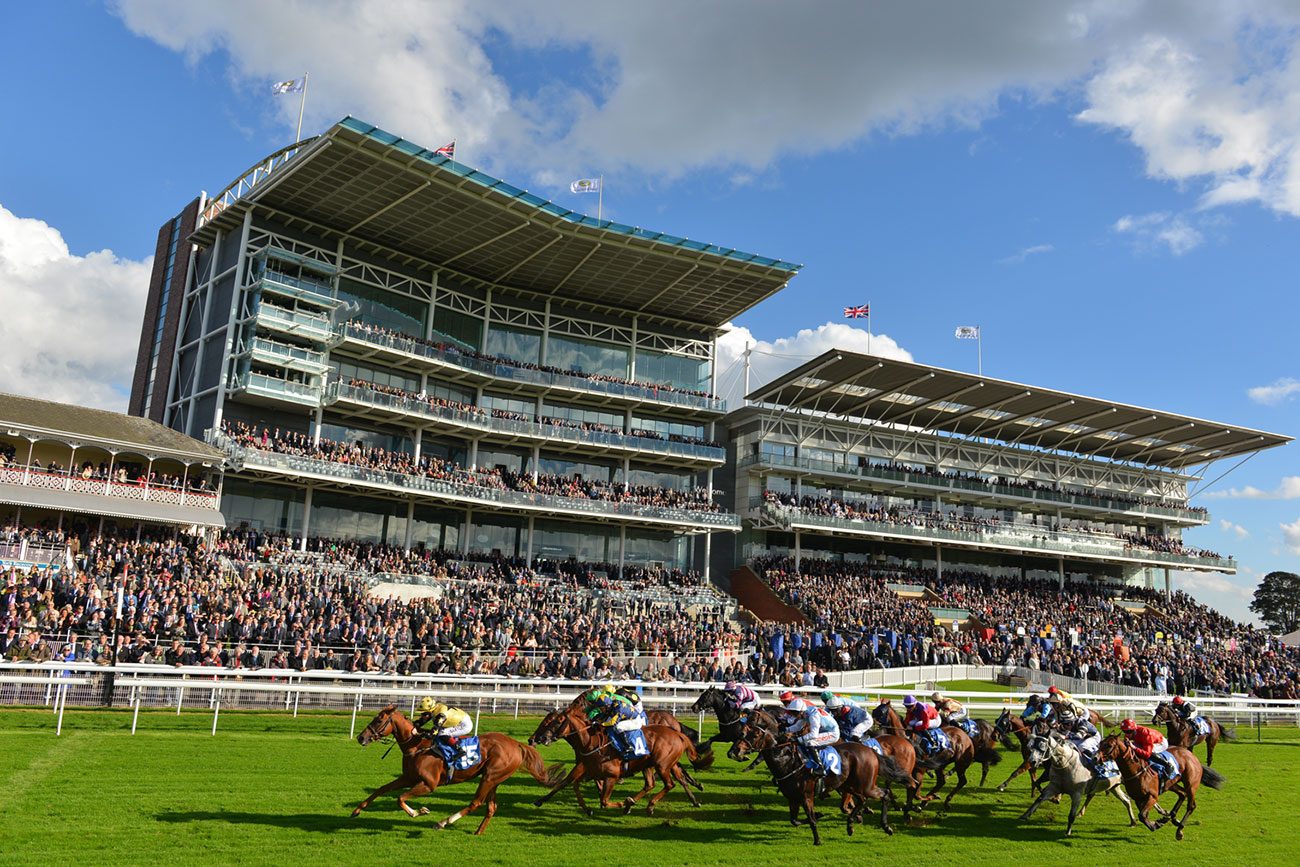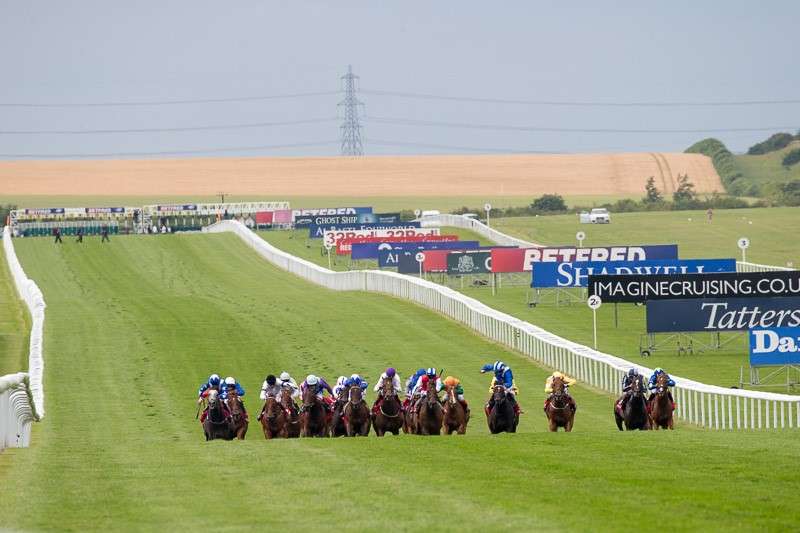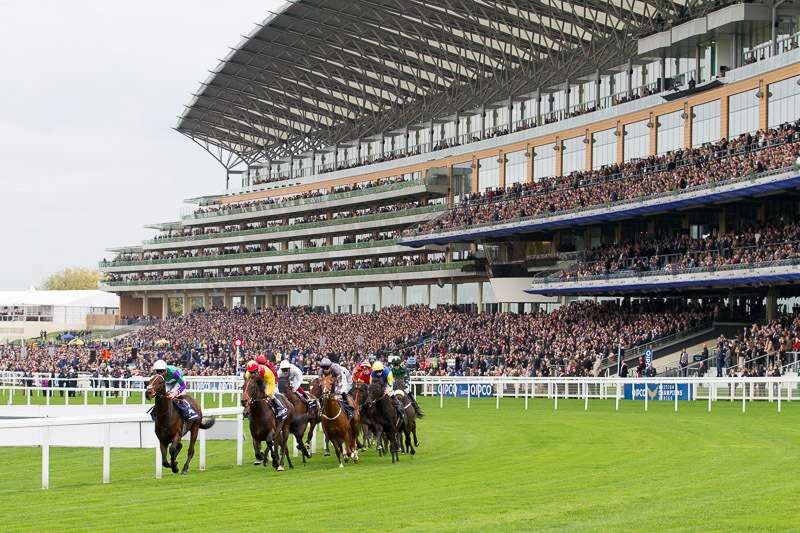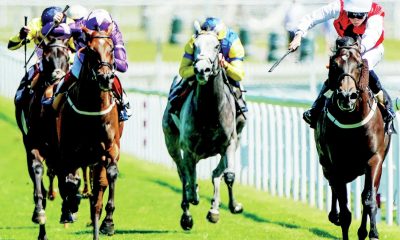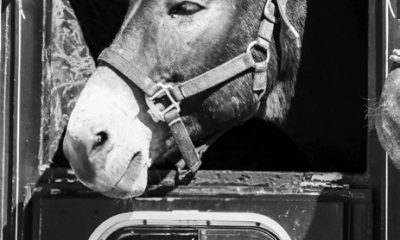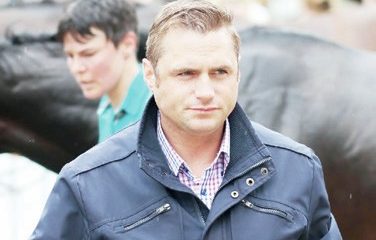
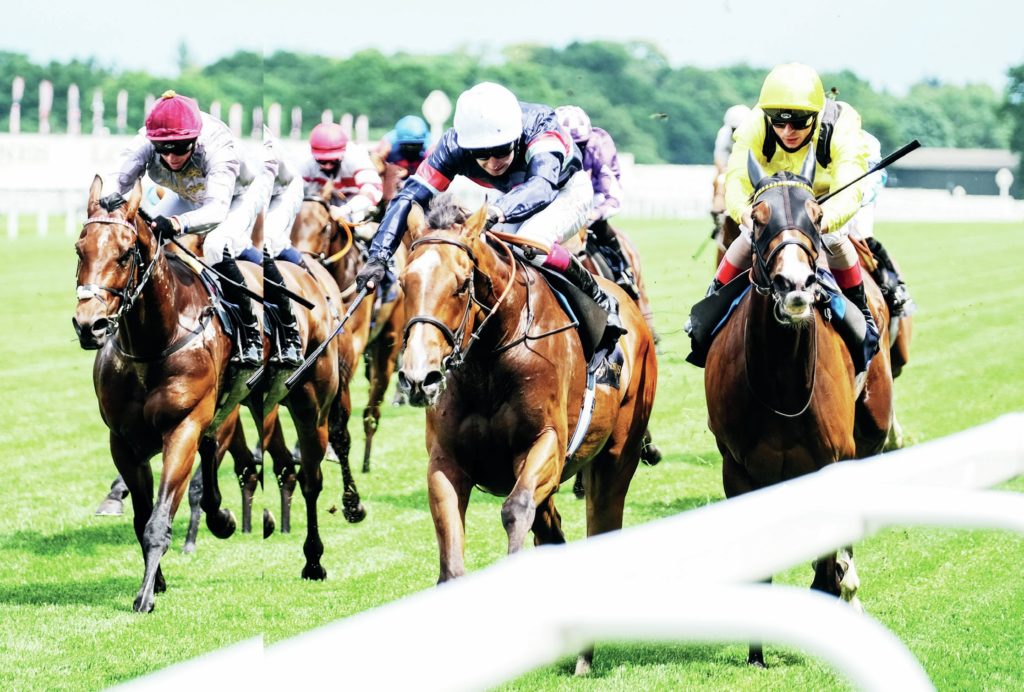
Horse racing has been a popular sport for centuries, gathering large crowds and drawing major sponsors, high-prize pools, and media attention. The excitement and buzz of the atmosphere have always made horse racing a spectator event. Crowds gather in their thousands to watch and anticipate the outcome of races, just like they do at a major football match or for the live gaming action of https://www.platincasino.co.uk/live-games/evolution-lightning-roulette. Horse racing events and their contestants are carefully and painstakingly prepared year-round. Here’s how.
Physical preparation
Many factors are involved in producing a race-winning horse, from the rider’s skill to the condition of the track. Ensuring a horse is physically primed and ready to perform cannot be underestimated, though. A race-ready horse requires the proper nutrition of a balanced diet, regular grooming, and sufficient hydration. Since horses are herbivores, they require far less protein than we do. “Competitions feeds” are specially formulated lines of feed that contain the fats, fibres, water-soluble sugars, starches, and vitamins and minerals every racehorse needs.
Nothing should be neglected when it comes to maintaining a horse’s physical health. All these factors combine to ensure that a horse maintains the correct weight range, muscle mass, and energy levels. It also allows them to recover more quickly after training sessions and avoid injuries. It’s essential that a racehorse has its own dedicated trainer that knows the importance of keeping a horse happy and healthy.
Training and conditioning
Providing a horse with the right level of training and conditioning year-round is, of course, a key consideration for every trainer. Not every horse is the same; therefore, each horse’s needs should be evaluated individually, based on its weight, age, and strength. One of the first things to consider is aerobic conditioning since a horse’s respiratory system needs building up to ensure the best possible oxygen exchange. Effective aerobic conditioning can shorten the recovery time after a race or workout, but careful management is essential to avoid the physical distress of over-training. The best approach is the long, slow-distance approach, particularly for younger horses or horses that have been out of the action for a while. Monitoring a horse’s heartbeat is a big part of this training. Horses have a stationary heartbeat of 40, which rises to between 80 and 140 when in motion. Most aerobic conditioning takes place below 150 bpm.
Equipment and gear
Not only does the horse itself need constant maintenance and care, but the various gear and equipment it uses (commonly referred to as tack) does too. A groom’s first consideration is the tack room. This is simply where all the equipment is stored, and it needs to be a space that is clean, cool, and dry. The correct conditions ensure that the gear, particularly leather, stays in good condition. A humid tack room can lead to a build-up of mould on rarely used equipment. It’s important to properly sanitise equipment, especially if sharing it between horses. Keeping disinfectant spray handy can be an effective way to keep brushes clean and avoid a build-up of bacteria, fungi, viruses, or mildew. Furthermore, ensuring the proper conditioning of saddle leather can ensure consistent performance and make it last. All gear and equipment should be periodically deep cleaned, when possible, ideally twice a year.
Pre-race preparations
It should be clear by now that racehorses require constant and consistent daily care all year round, but they need particular attention when a race approaches. Ensuring a horse is properly warmed-up and has had a thorough veterinary examination is essential. You want to know every nuance of a horse’s condition before going into a race. Nothing should be left up to chance. Bathing a horse in the days preceding a race is highly recommended; this is effective for relaxing the muscles. Furthermore, the trainer and groomer need to work together to provide a horse with the very best treatment before a race and shower it with care and attention. Ensuring a horse’s happiness going into a race should never be underestimated. It could prove to be the deciding factor on race day.
Conclusion
No race-winning horse ever succeeded without proper preparation. From physical and nutritional preparation to the right training and conditioning, horses need plenty of attention and care to ensure their success. Whether it’s the gear they use or the horse’s general condition, the trainers and grooms should consider everything and overlook nothing.

